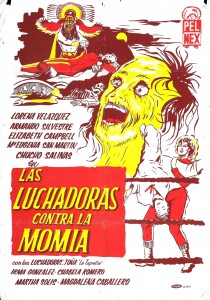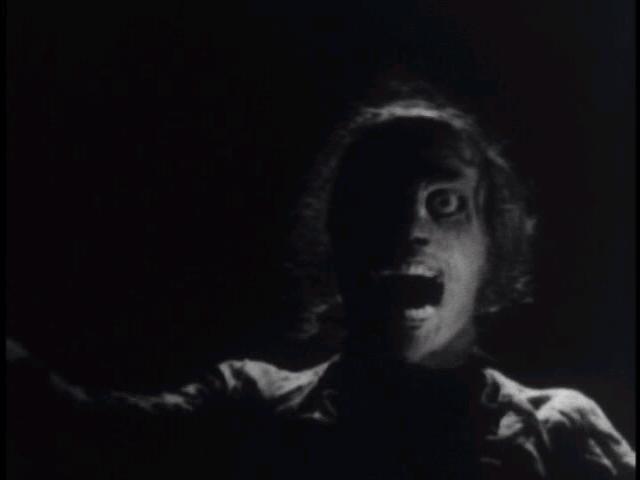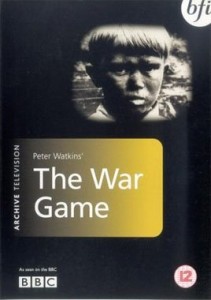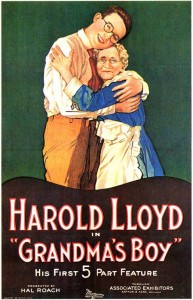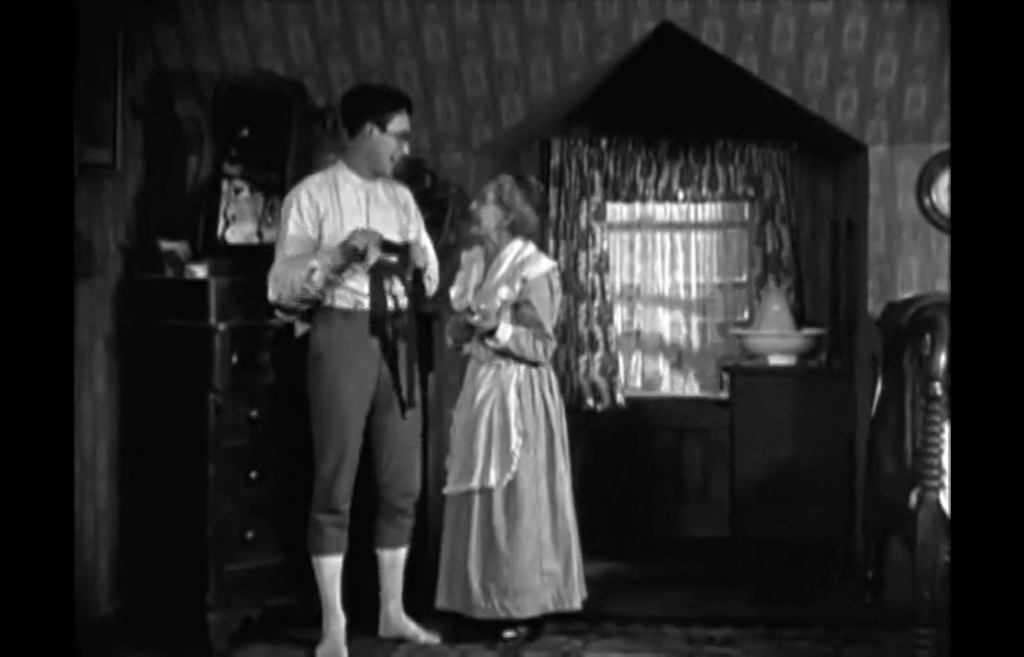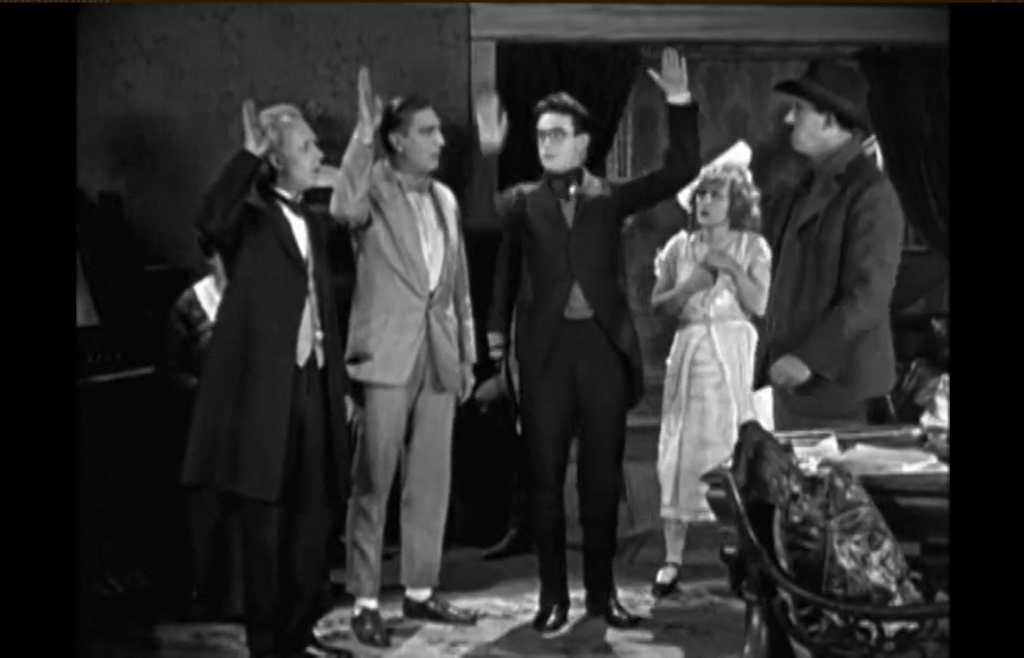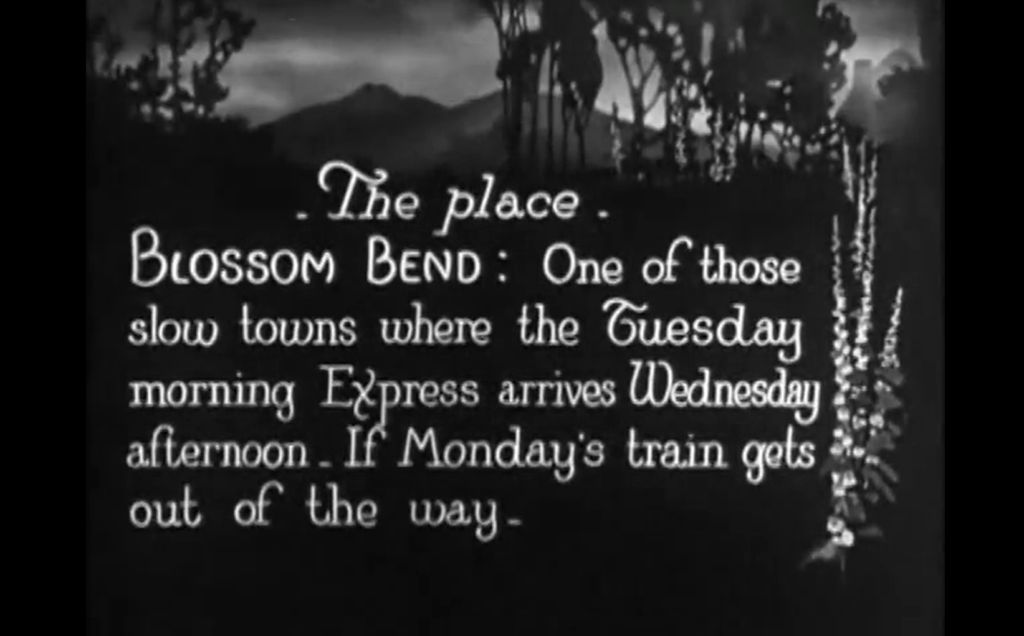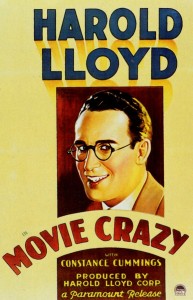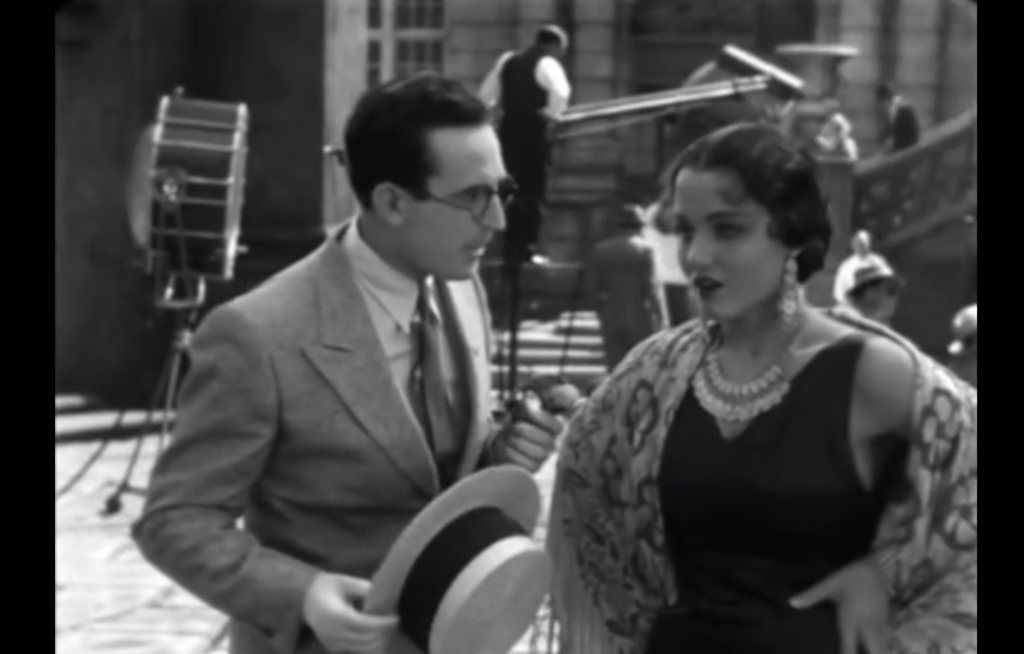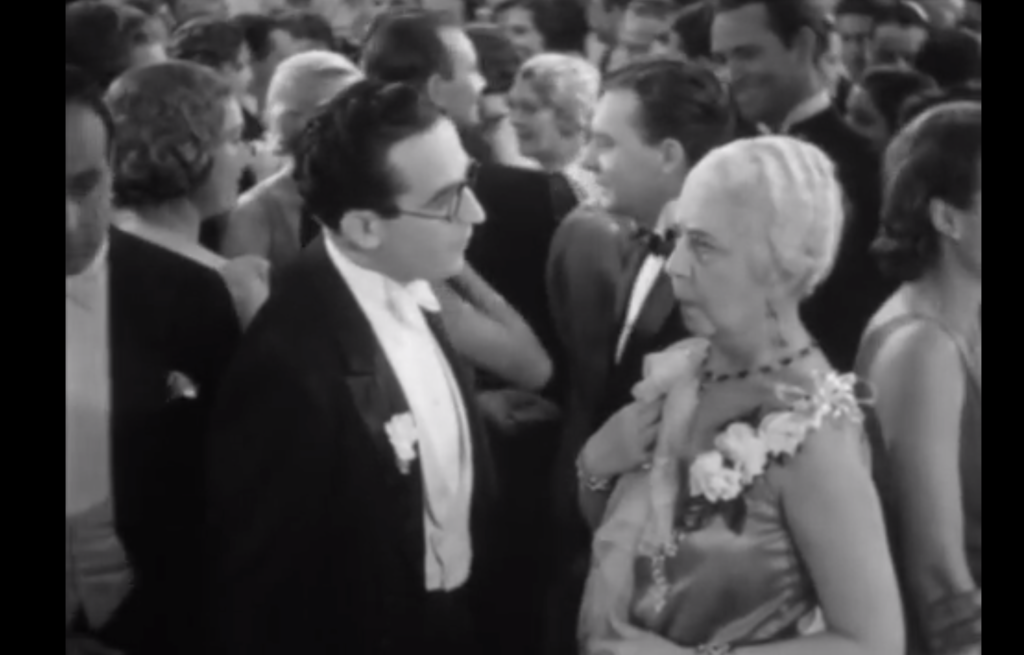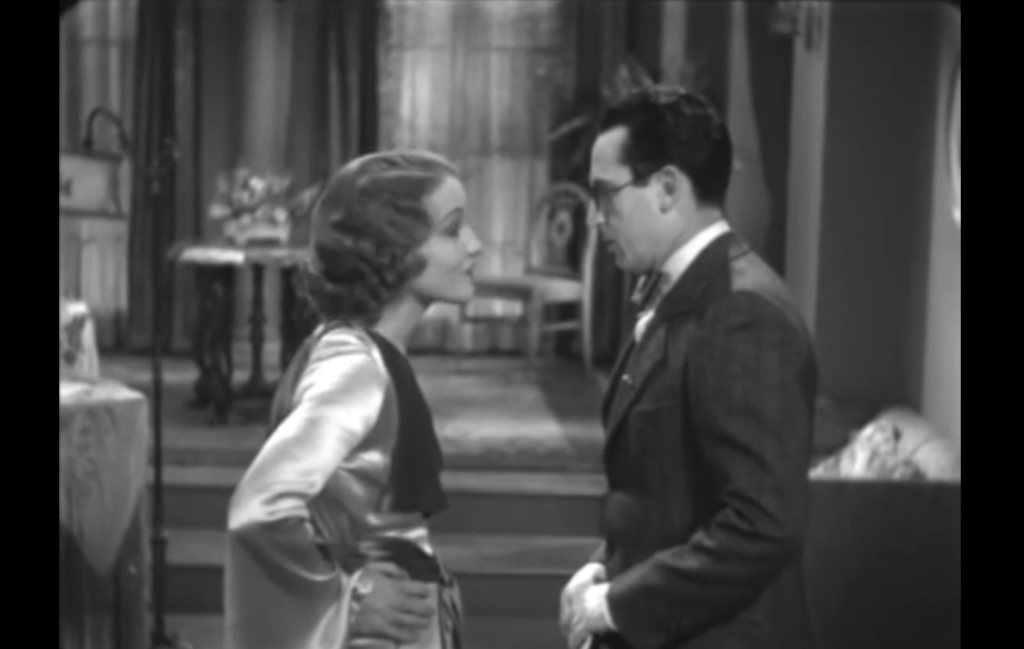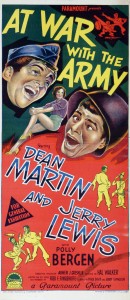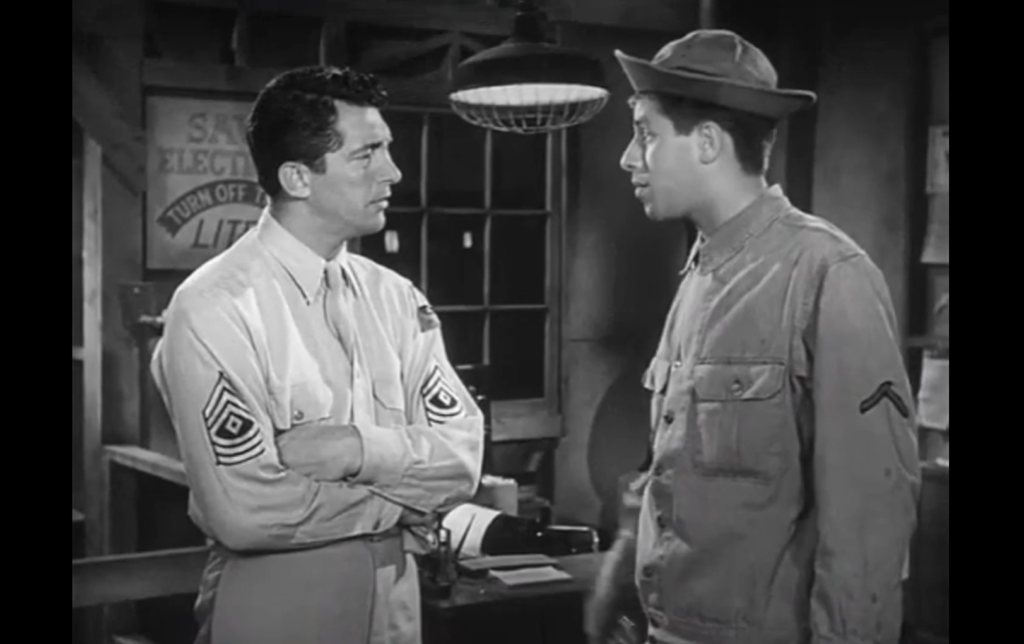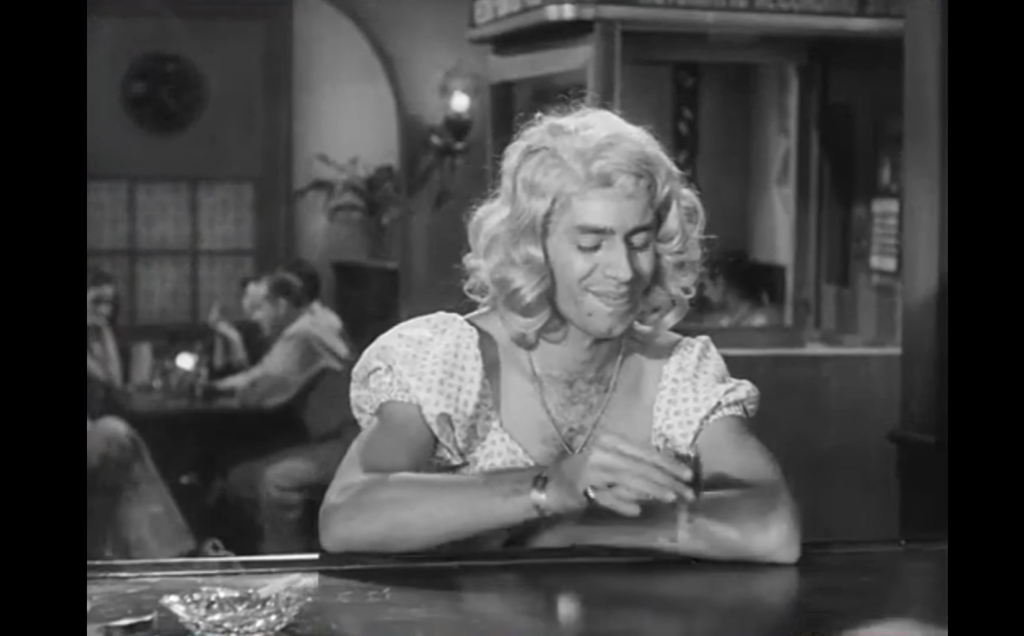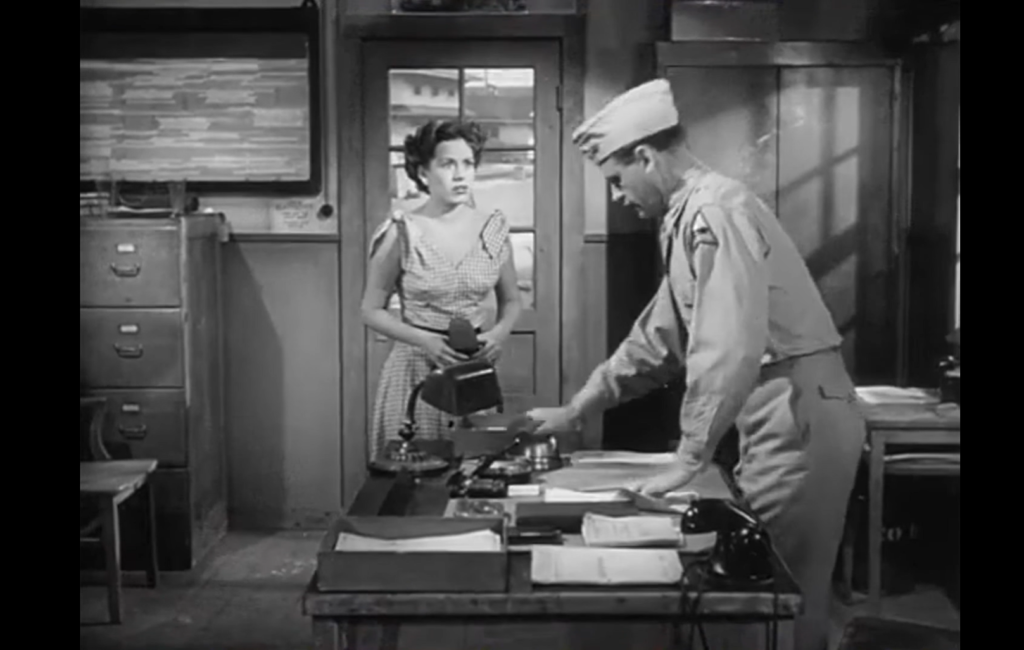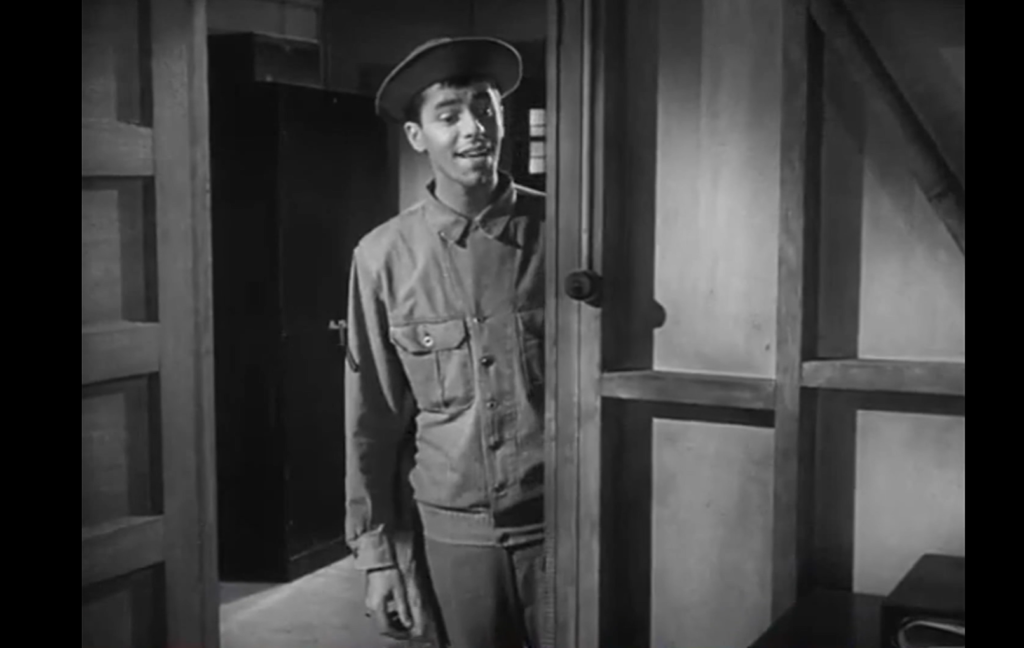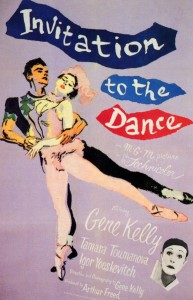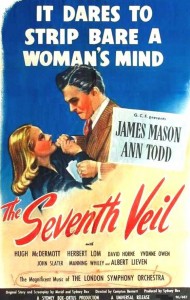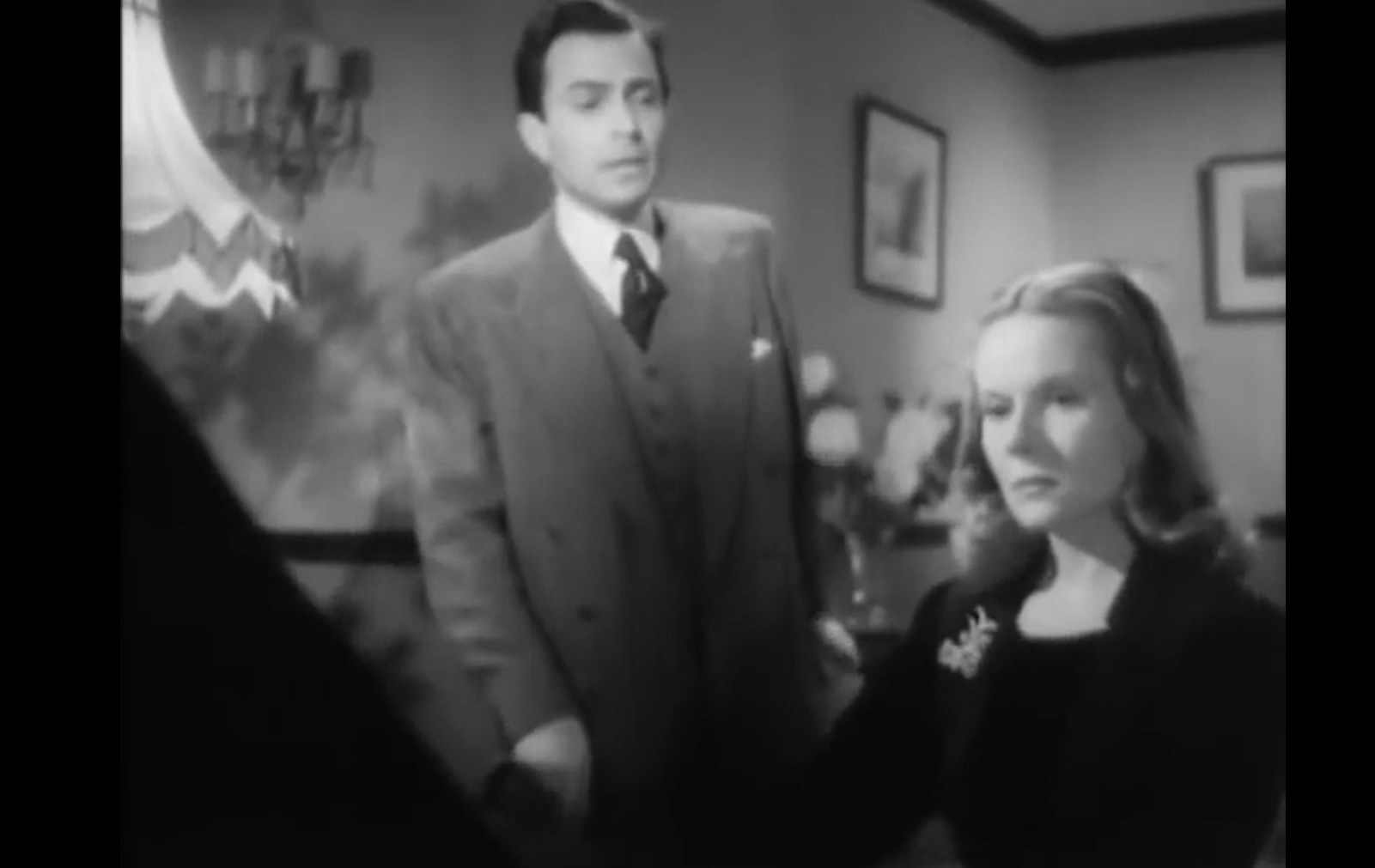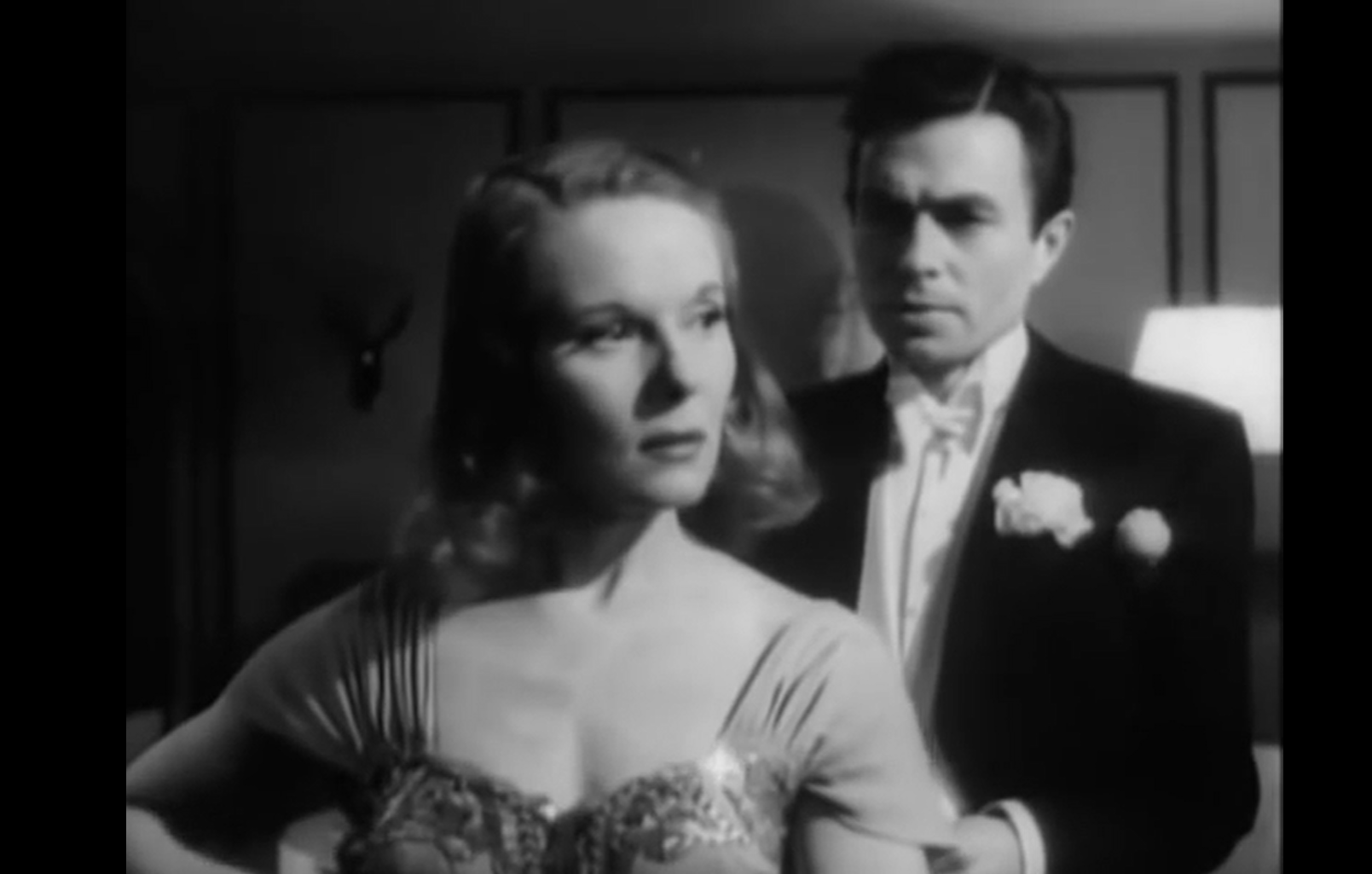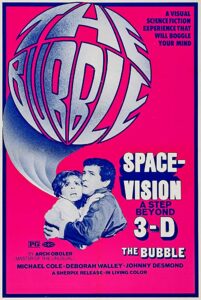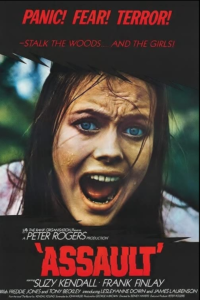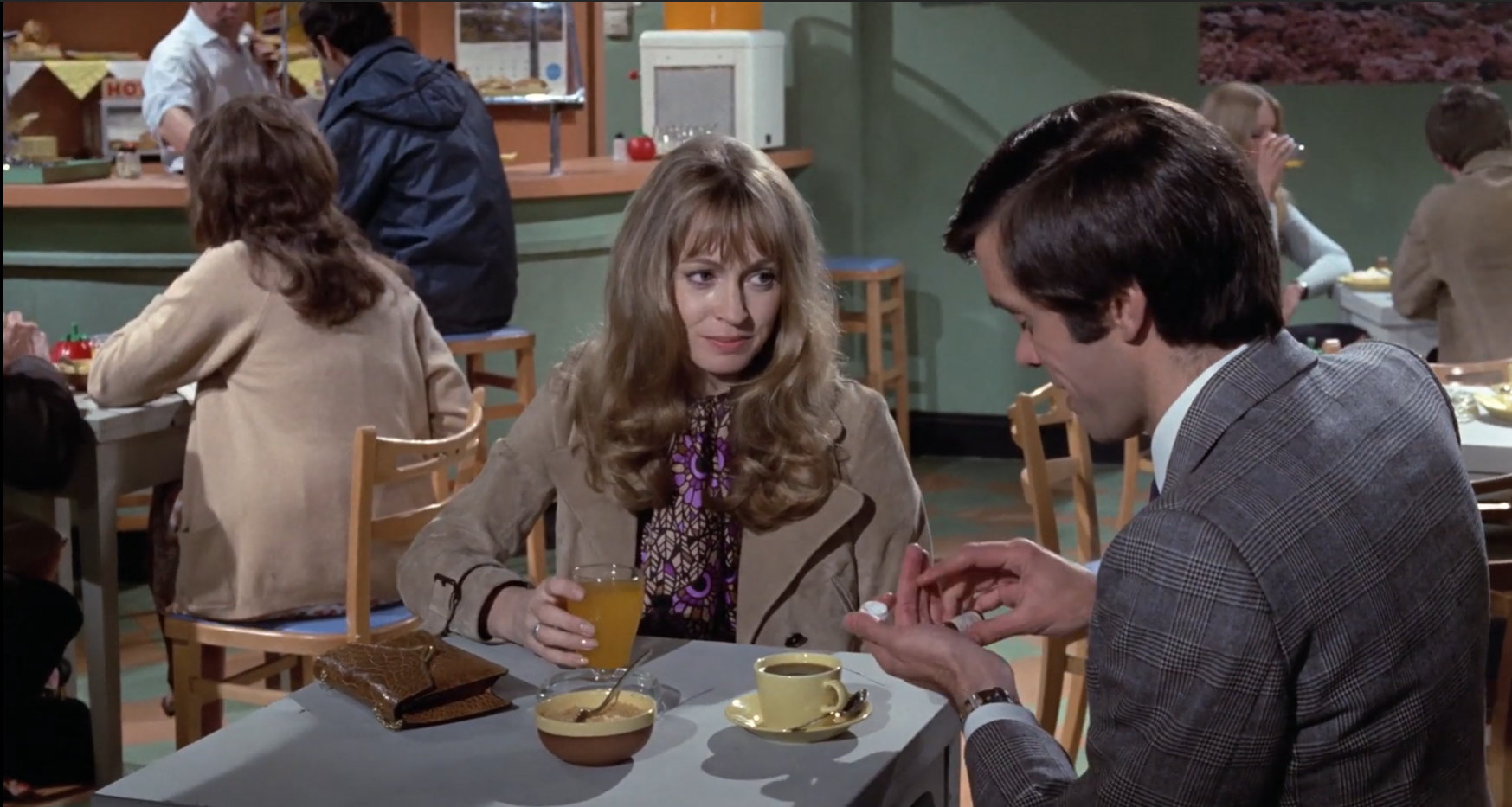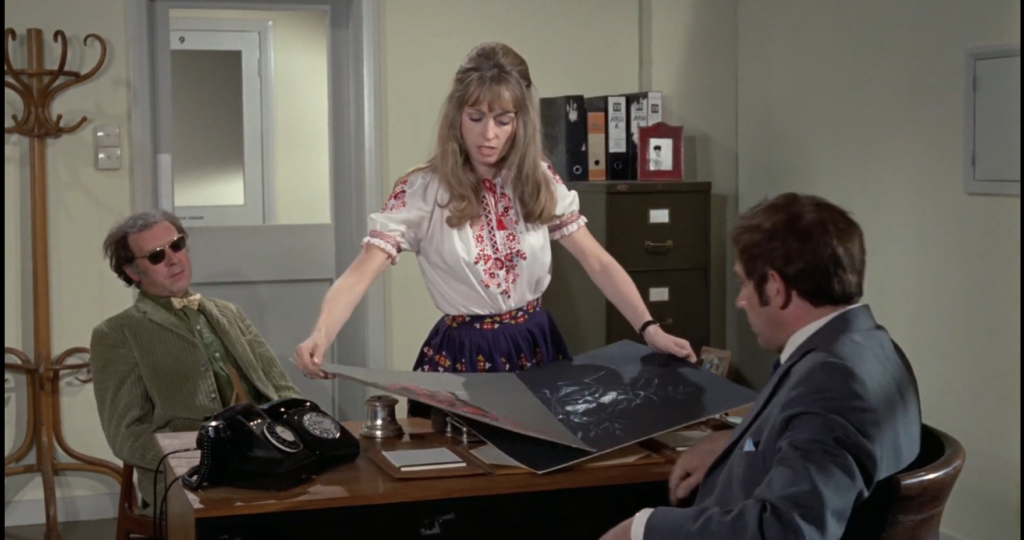“Don’t you believe that we’d achieve better results from a superior brain, with a high IQ, from a young and intelligent woman?”
|
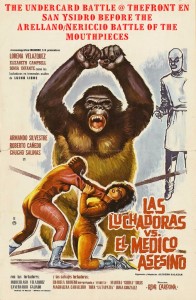
Synopsis:
Two female wrestlers (Lorena Velazquez and Elizabeth Campbell) join forces with the police to find a mad, luchadora-mask-wearing doctor who has been terrorizing the city.
|
|
Genres, Themes, Actors, and Directors:
- Amateur Sleuths
- Mad Doctors and Scientists
- Serial Killers
- Strong Females
- Wrestling
Response to Peary’s Review:
Peary’s an enormous fan of this “poorly dubbed laugh riot”, calling it his “favorite Mexican horror movie”, and providing a humorously droll synopsis: “The ‘Mad Doctor’ is obsessed with performing brain transplants. Unfortunately, they invariably fail.” It’s certainly not for all tastes, and is so bad (in so many ways) that you may groan more than you laugh — but there’s something endearing about the sight of strong women wrestling their way to the top, beating up bad guys when their boyfriends wimp out, and joining forces like a true superhero duo. Many watch this film for the extended female wrestling scenes (which become tedious if you’re not a fan), but its primary enjoyment (such as it is) really comes from the AWFUL dubbing. Dear lord.
Redeeming Qualities and Moments:
- Gloria Venus inviting Golden Rubi to come live with her: “My new apartment is large, and you must be lonely…”
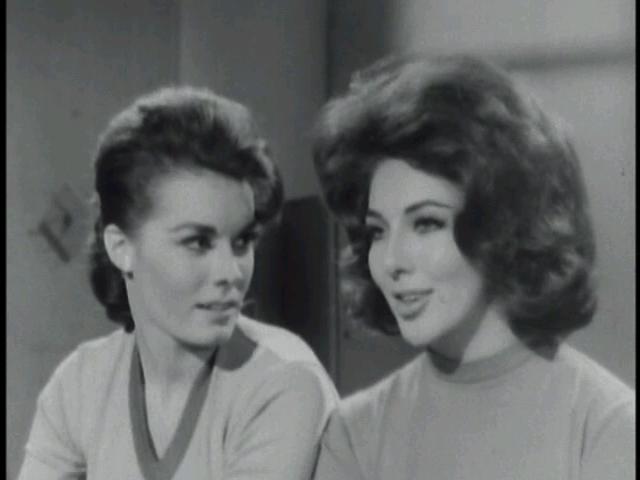
- Refreshingly strong female leads
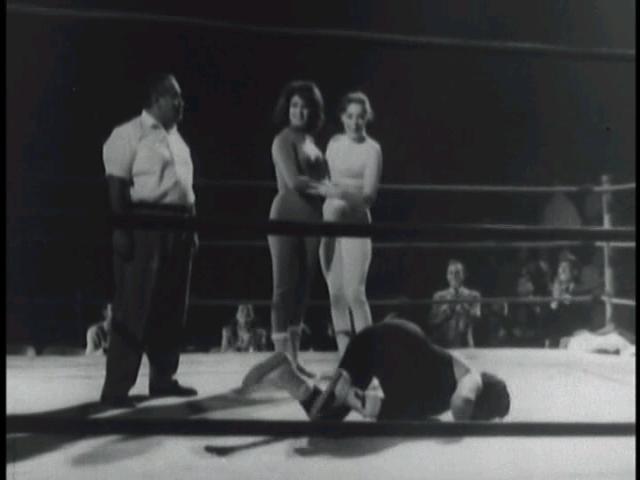
- Hilariously bad dubbed dialogue
Must See?
Yes, simply as a representative (and occasionally enjoyable) example of badly dubbed Mexican horror/wrestling films.
Categories
Links:
|
